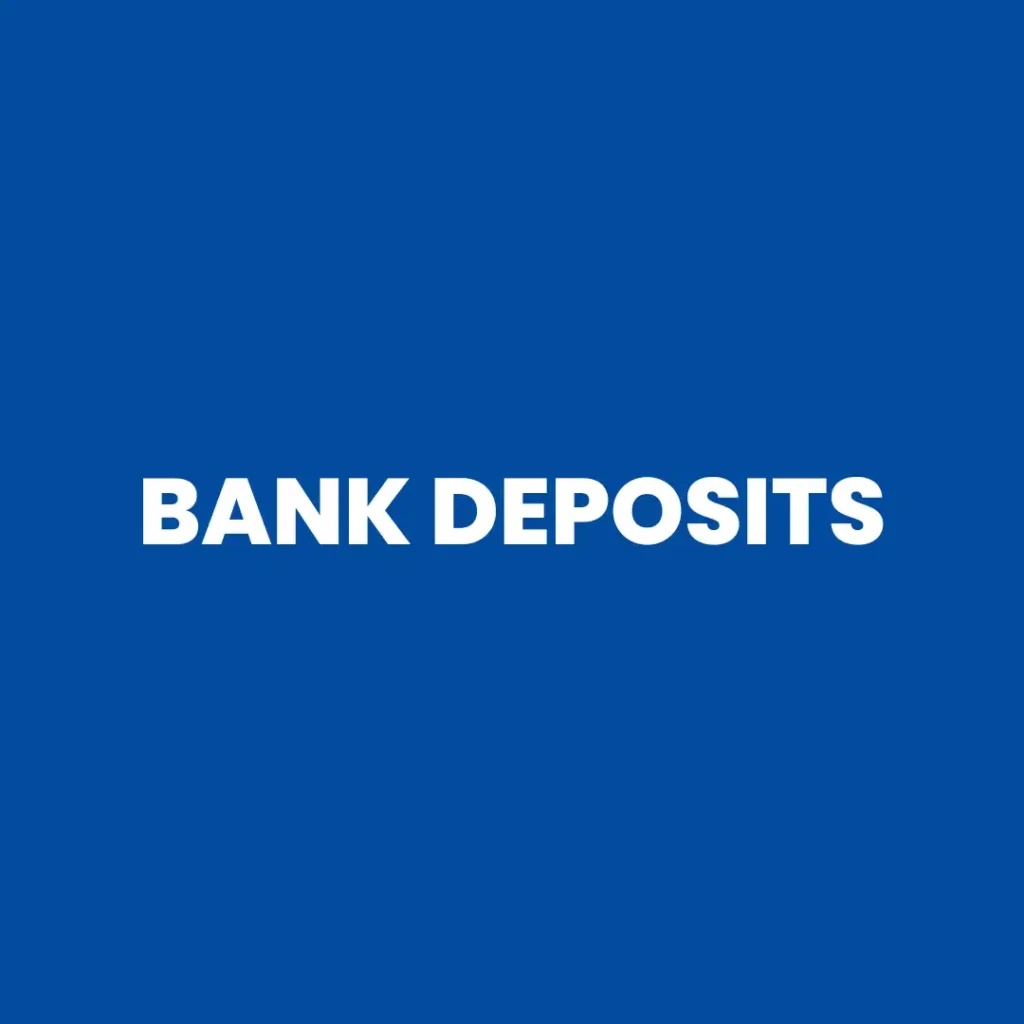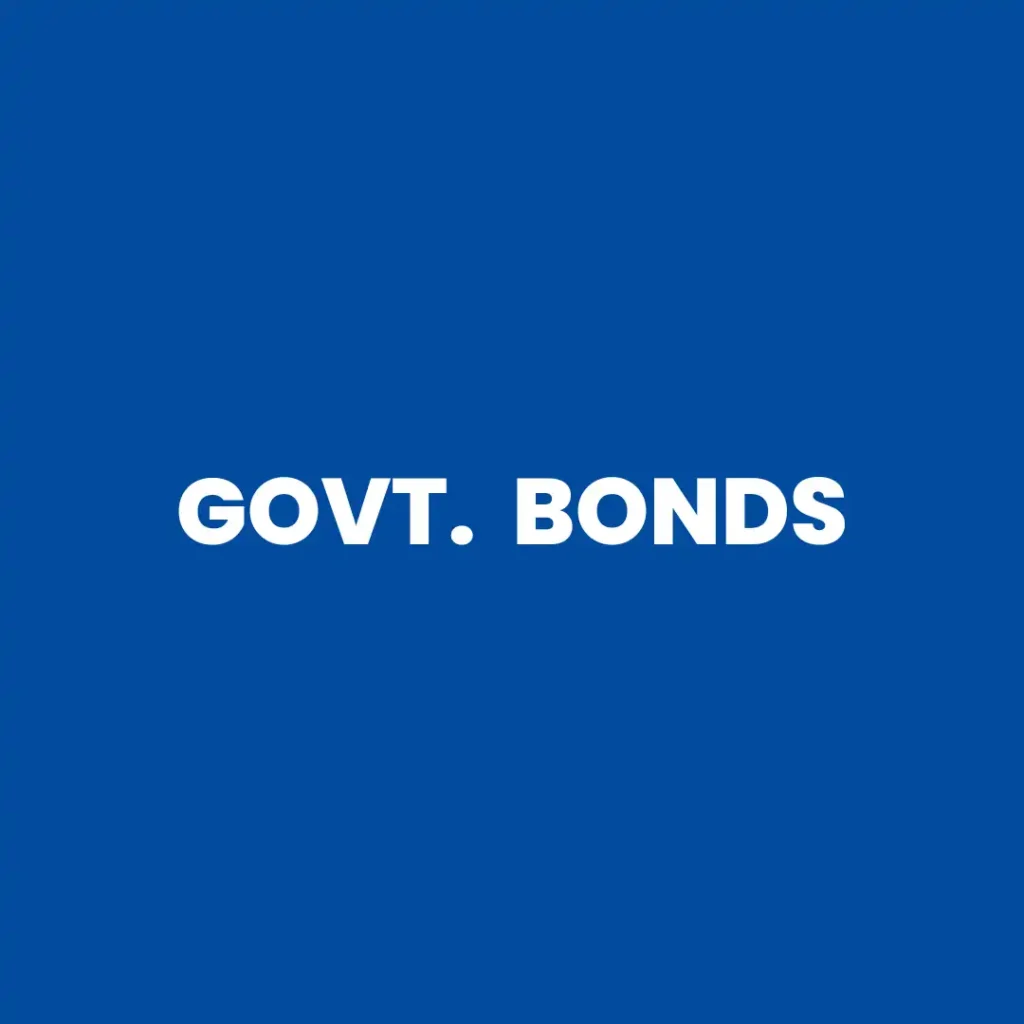A clear indication of a vigilant investor is their relentless pursuit to discover the best investment options with the highest returns that match their future financial goals.
In India, investors have an ample number of investment options to choose from.
Those inclined toward safer options can explore government-backed schemes or even consider Fixed Deposits (FDs) and Recurring Deposits (RDs), which are just as secure and risk-free as government-backed schemes.
Although the Indian mindset, which was once quite risk-averse and conservative, is going through a major paradigm shift.
Indian investors are increasingly embracing relatively higher-risk and higher-return investment options such as the stock markets, mutual funds, and corporate bonds.
The following is a compilation of investment options to make the Indian investor aware of the available investment options at their disposal:
Direct Equity Investment

The top spot on the list of investment options with high returns is the direct buying, selling, and owning of individual stocks or shares of a company through the stock exchanges, like the Bombay Stock Exchange (BSE) and the National Stock Exchange (NSE) in India.
The high potential for substantial returns also comes with high risks owing to the market’s inherent unpredictability.
However, these risks can be managed through thorough research and analysis, making this option particularly attractive for long-term investors.
Mutual Funds

Mutual funds stand out as an appealing and convenient high-return investment alternative.
Skilled fund managers combine investor funds into stocks, government bonds, or other capital assets to create a diverse portfolio.
These have the potential for high returns while having the risk properly managed, providing liquidity without the inconvenience of investors having to manage the risks on their own.
Bank Deposits

Bank fixed deposits (FDs) rank among India’s most favored investments. Caters to all types of investors; even those with a penchant for high-risk investments allocate portions of their portfolio to FDs to attain stability.
FDs demand a lump-sum deposit and offer superior returns compared to standard savings accounts, especially for senior citizens, who can avail themselves of even higher rates of interest.
You would find different banks offering decent interest rates. It may go upto 7.6 percent. Popular banks in India are SBI, ICICI, HDFC Bank, etc.
In contrast, Recurring Deposit (RDs) provide an alternative route, eliminating the need to deposit the initial lump sum amount.
Instead, investors can build savings systematically through consistent monthly contributions.
Just like FDs, RDs also offer substantially higher rates compared to regular savings bank accounts .
A prudent investor looking to put their capital in RDs, needs to consider, compare and find the best interest rates of recurring accounts offered by various banks in order to truly maximize their wealth generation.
Gold Bond

Another prominent and one of the safest investment plan options in India for higher returns are Sovereign Gold Bonds (SGBs).
The value of government-backed securities is directly correlated to the value of gold.
Basically, investors extend loans to the government and get to invest in gold without having to physically store it.
The underlying safety, interest rate earnings, and the added allure of tax-free long-term capital gains make it a popular choice in the Indian market.
Government Bonds

As one might be aware, the odds of the government defaulting on its debt obligations are quite low.
That’s precisely why this investment option is considered low-risk.
When an investor places capital in a government bond, they’re essentially loaning it to the government.
In return, the government dishes out interest payments at a per-determined rate for an agreed-upon period.
At the end of that fixed term, the government repays the principal amount originally borrowed by the investor.
Real-Estate

For many, investing in residential and commercial properties has proven to be quite rewarding.
For individuals seeking to expand the diversity of their investment portfolio, especially when liquidity is not a primary consideration, this option may be a suitable choice.
Well-informed decisions can provide high returns in rental income and capital growth in the long term.
However, the hefty initial upfront payments, liquidity concerns and the influence of property location and current market trends highlight its limitations.
National Pension System (NPS)

NPS, the National Pension System, is the top choice for structured retirement savings in India.
Comprising two tiers, Tier I mandates an annual investment of a minimum thousand rupees to keep the account up and running, whereas Tier II doesn’t have any such restrictions and also offers more flexibility in terms of withdrawals.
These mature when the investors reach 60 years of age, where 60% can be withdrawn as a lump sum portion of their corpus and an annuity is purchased for the remaining.
Public Provident Fund (PPF)

This option is suitable for people across income spectrums, starting at a minimum investment amount of ₹500 and allowing contributions of up to ₹1.5 lakh per financial year.
With a lock-in period of 15 years that is extendable in blocks of 5 years.
For investors looking to accumulate corpus for the future at a guaranteed rate, PPF serves as the best investment plan option in India.
Senior Citizen Savings Scheme (SCSS)
Senior citizen savings scheme is a long term deposit scheme that allows people of old age to get regular sources of income.
The investor deposits a bulk deposit of up to ₹30 lakhs, and the interest earned is paid out every quarter.
With an attractive interest rate of 8.2 percent per year, the scheme is one of the most popular government schemes throughout the country.
The only drawback that you could identify is that the scheme has a locking period of 5 years. Otherwise, it’s a great choice for seniors and retired people to create additional income.
For example, you would get a sum of ₹61500 quarterly if you invested ₹30 lakhs in SCSS. Post-TDS, it would be ₹55350, to be precise.
For more details, check out the National Savings Institute.
Conclusion
Indian investors are increasingly embracing higher-risk and higher-return investment options, such as stock markets, mutual funds, and corporate bonds.
Direct equity investment, such as buying, selling, and owning individual stocks or shares through stock exchanges like the Bombay Stock Exchange (BSE) and the National Stock Exchange (NSE), offers high returns but comes with high risks due to market unpredictability.
Mutual funds combine investor funds into stocks, government bonds, or other capital assets, providing liquidity without the inconvenience of managing risks.
Bank fixed deposits (FDs) offer superior returns compared to standard savings accounts, especially for senior citizens.
Recurring deposits (RDs) provide an alternative route, eliminating the need to deposit the initial lump sum amount.
Sovereign Gold Bonds (SGBs) are another popular investment option in India for higher returns, as they are directly correlated to the value of gold.
Real-estate investments in residential and commercial properties can provide high returns in rental income and capital growth in the long term.
The National Pension System (NPS) is the top choice for structured retirement savings in India, offering flexibility in withdrawals and a lock-in period of 15 years.
Public Provident Fund (PPF) is suitable for people across income spectrums, starting at a minimum investment amount of ₹500 and allowing contributions of up to ₹1.5 lakh per financial year.







